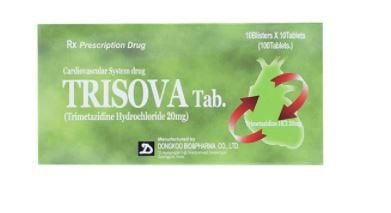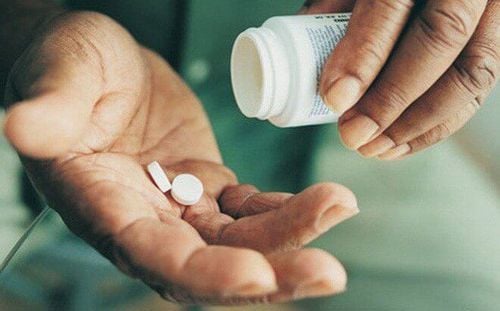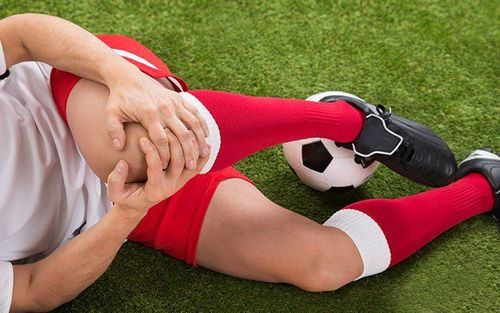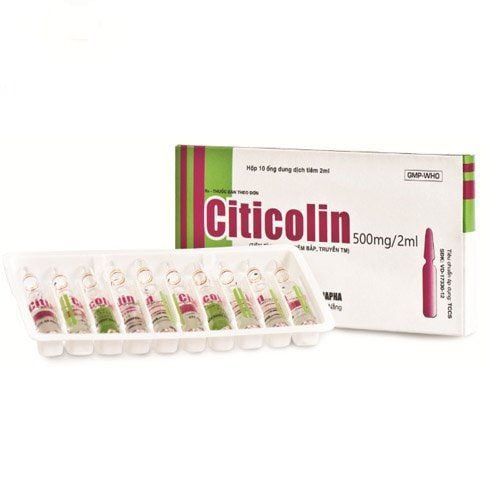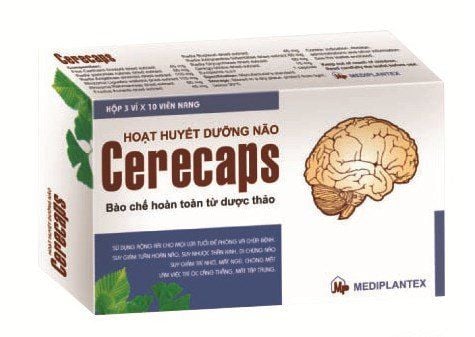This is an automatically translated article.
The article was written by MSc Vu Duy Chinh - Rehabilitation Doctor - Unit of Regenerative Medicine Clinic and Educational PsychologyCerebrovascular accident (also known as cerebral stroke) is one of the most common medical conditions today. This is considered the leading cause of death, or if it can be saved, it also leaves many serious sequelae, disrupting many body functions of the patient.
1. Some functional disorders may be encountered in stroke patients
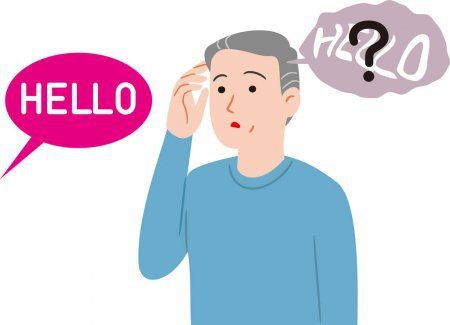
Movement disorders: weakness, partial or hemiplegia, facial paralysis. Cognitive disturbances, reduced thinking, mild to severe memory loss, intellectual decline. Circular muscle disorders: urinary or bowel incontinence. If the patient is not well taken care of, bladder infection can be caused by placing a urinary catheter. Language disorders: slurred speech, slurred speech, altered intonation, difficulty expressing thoughts in words, even failure to speak Visual disturbances : Facial paralysis caused by stroke Sensory disturbances : pain , numbness, or burning and tingling sensation. I can't even feel a part of my body. Fatigue, balance disorder, insomnia or sleeping too much... Difficulty swallowing, difficulty swallowing combined with paralysis can lead to pneumonia due to food and drink entering the lungs. Pressure sores due to long-term paralysis. Decreased social skills, daily personal activities. Changes in psychology, perception.... The above disorders, if not treated for a long time, lead to the consequences that patients cannot take care of themselves, have to depend on others, and increase the burden on loved ones. and family, patients easily fall into a state of depression.
To help improve these sequelae requires the efforts and perseverance of the patient himself and the active support of medical staff and the patient's relatives. The application of a professional regimen of care, treatment and exercise for a long time helps patients recover from sequelae and prevent stroke recurrence.
2. Areas of Care in a Stroke Patient

2.1. Psychological care After having a cerebrovascular accident, many patients have to face with motor paralysis, speech disorders and other functional disorders... which causes the patient to fall into a state of anxiety, tired. They have to depend on others for daily activities, so they often feel guilty and feel useless.
To help patients be more optimistic and happier, family members play an extremely important role. It is necessary to encourage and support the patient to take care of himself. Some support tools can be used for the patient to eat and clean by themselves. This will help the patient feel less dependent and more beneficial when they can actively perform some basic activities.
2.2. Nutritional care In addition to daily care, the nutrition of patients with cerebral infarction is very important to help patients recover quickly and prevent the risk of recurrence. In the composition of each meal, it is necessary to meet enough nutrients and vitamins. Note that the patient should eat just enough, do not force the patient to eat too much, and should change the food every day.
For patients who are comatose, swallowing disorders (choking solids - liquid aspiration): need to put a nasogastric tube to pump food into the stomach. When feeding the patient through the sonde, they must be fed properly (liquid food; food temperature is warm enough; need to be checked before feeding; enough nutritional components of protein - fat - starch and vitamins; After the last feeding of each meal through the sonde, about 20ml of filtered water must be injected into the sonde to prevent food from fermenting in the sonde).
In case the patient is too severe, the prognosis needs to be long-term feeding, can open the gastric bypass: open a small hole in the anterior abdominal wall, connect to the stomach, put a catheter with a one-way valve into the stomach. Gastric bypass allows for long-term active feeding of the patient.
2.3. Hygiene care The hygiene care for patients with cerebral infarction plays a particularly important role, especially in the genital area - the genital area (the genital area and the anus). It is necessary to keep the patient's skin clean and dry to avoid sores and reduce the risk of infection.
Need to take care of all types of catheters on the patient: urinary catheter, drainage... for proper, clean hygiene to avoid infection.
When bathing, personal hygiene for the sick person should be done in an airtight room, warm temperature, less slippery floor, warm water from 37-45 degrees Celsius. Bath time from 5-7 minutes and not recommended evening bath.
For stroke patients, defecation and urination are very difficult. Therefore, the patient can use disposable diapers or the potty. Patients should be cleaned after each bowel movement to prevent infection. Family members need to train the patient when they want to defecate or urinate by creating a number of voice commands and must accurately grasp the time when the patient wants to urinate or want to defecate to provide timely support.
2.4 . Beds and good positions for stroke patients To prevent the risk of ulcers, patients should use an air mattress or a water mattress in the case of a paraplegic patient, the mattress and bed should be flat, the bed should have a side rail for prevention. To prevent falls, the head of the bed can be raised, use extra pillows to support and fix the back and head when lying on the side and wedges in pressure areas that are at risk of skin ulcers. Beds should be arranged in a cool, sunny place, not damp and away from drafts.
The patient is instructed and placed in supine positions, on the paralyzed side, on the healthy side according to the correct technique, prioritizing the direction of the paralyzed side to the outside.
2.5. Lifestyle and exercise regimen The patient needs to be mobilized early, if possible, from the first day The patient needs to be changed lying down every 2 hours to prevent ulcers Family members should regularly massage and exercise Actively and/or passively the joints of the hands and feet depending on the patient to help circulation, prevent stiffness and muscle atrophy Practice deep breathing with pulsating chest to avoid respiratory infections . Depending on the degree of sequelae of paralysis, family members should coordinate with medical staff to devise a daily exercise and movement plan for the patient. Exercise should be done 2-3 times a day and continue to be maintained even after the sequelae have been overcome. Try to let the patient perform daily activities and tasks to speed up recovery. 2.6. Drug use and follow-up Patients with a history of stroke are very susceptible to recurrence, especially the next time will be more severe than the first time. Therefore, in addition to taking care of the patient's daily life, family members need to monitor the patient's daily medication intake according to the doctor's prescription to prevent recurrence and re-examine when the drug is exhausted or has abnormal signs. .
Please dial HOTLINE for more information or register for an appointment HERE. Download MyVinmec app to make appointments faster and to manage your bookings easily.






